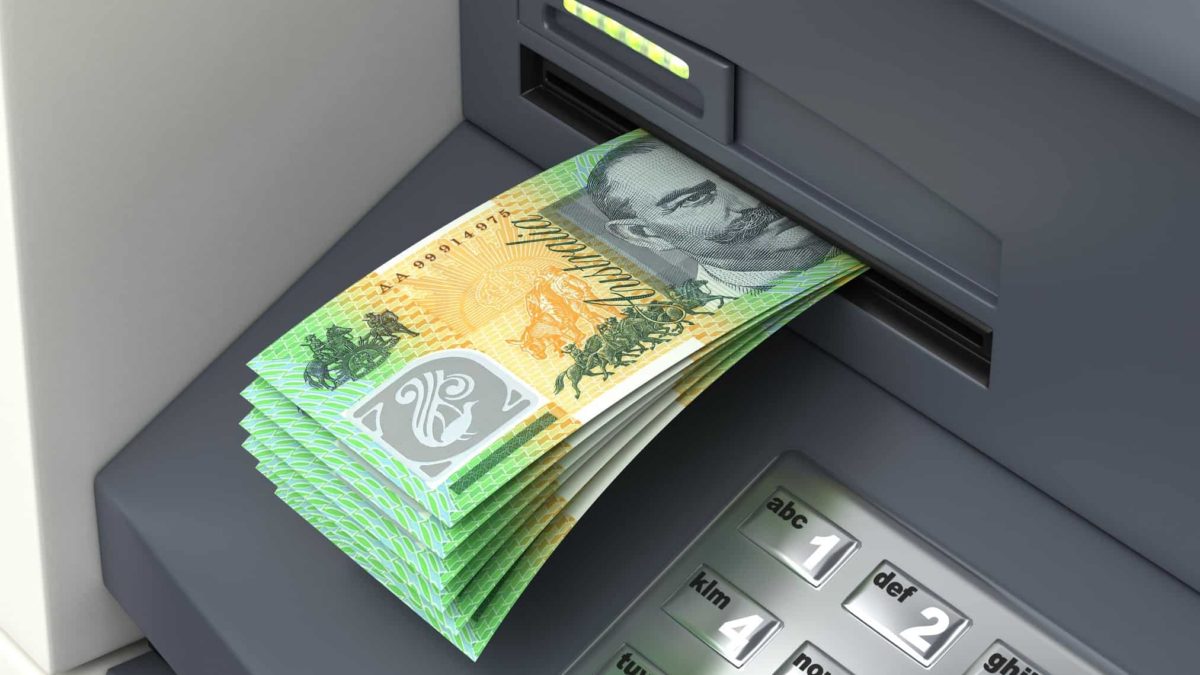There's no denying that having passive income would be very helpful in the current environment.
And while it may not be possible to generate sizeable income from the share market immediately to combat the cost of living crisis (unless you are already sitting on a sizeable cash balance), there's nothing to stop you from making it a long term goal.
That way, you're ready for any cost of living shocks that could occur down the line.
Generate a $1,000 monthly passive income
If you want to generate a $1,000 monthly passive income, you're going to need to generate $12,000 of dividends each year.
There are plenty of ASX shares out there for investors to buy that are forecast to provide 6%+ yields. This includes banking giant Westpac Banking Corp (ASX: WBC), and, as covered here earlier, Charter Hall Long WALE REIT (ASX: CLW) and Woodside Energy Group Ltd (ASX: WDS).
If you can build a diversified portfolio of ASX shares that provides a 6% yield, you will need a portfolio valued at $200,000 in order to generate dividends of $12,000 a year.
Investors that are lucky enough to be sitting on $200,000 can do this now and sit back and watch the passive income roll in.
But if you're starting from scratch, you'll need to come up with a plan.
Three steps to take
The first step is to start making consistent investments in the share market.
By investing $5,000 into the share market each year, your portfolio would grow to be worth $200,000 in 16 years if you earned an average 10% per annum total return.
This return is in line with historical share market averages. And while there's no guarantee that future returns will be in line with this, they could be better or worse, I would be disappointed if the market fell short of these levels.
The second step is identifying a high quality group of ASX shares to buy.
Investors might want to build a diverse portfolio by splitting their $5,000 investment across a number of ASX shares. This could include ETFs, which allow investors to buy large groups of shares in one fell swoop.
The third step is letting the power of compounding work its magic.
Legendary investor Charlie Munger, who is Warren Buffett's right-hand man at Berkshire Hathaway, famously quipped:
The first rule of compounding is to never interrupt it unnecessarily.
This is because compounding really starts to show its magic the longer you leave it, and by prematurely interrupting it, you could miss out on material upside. This includes selling shares or not contributing one year.
For example, 10 years of investing $5,000 and earning a 10% per annum return will turn into $88,000.
However, just six years later you will have grown your balance by a further $112,000 to $200,000 by continuing with the strategy. And keep going another four years and your balance will have ballooned another $115,000 and you'll have a portfolio valued at $315,000.









